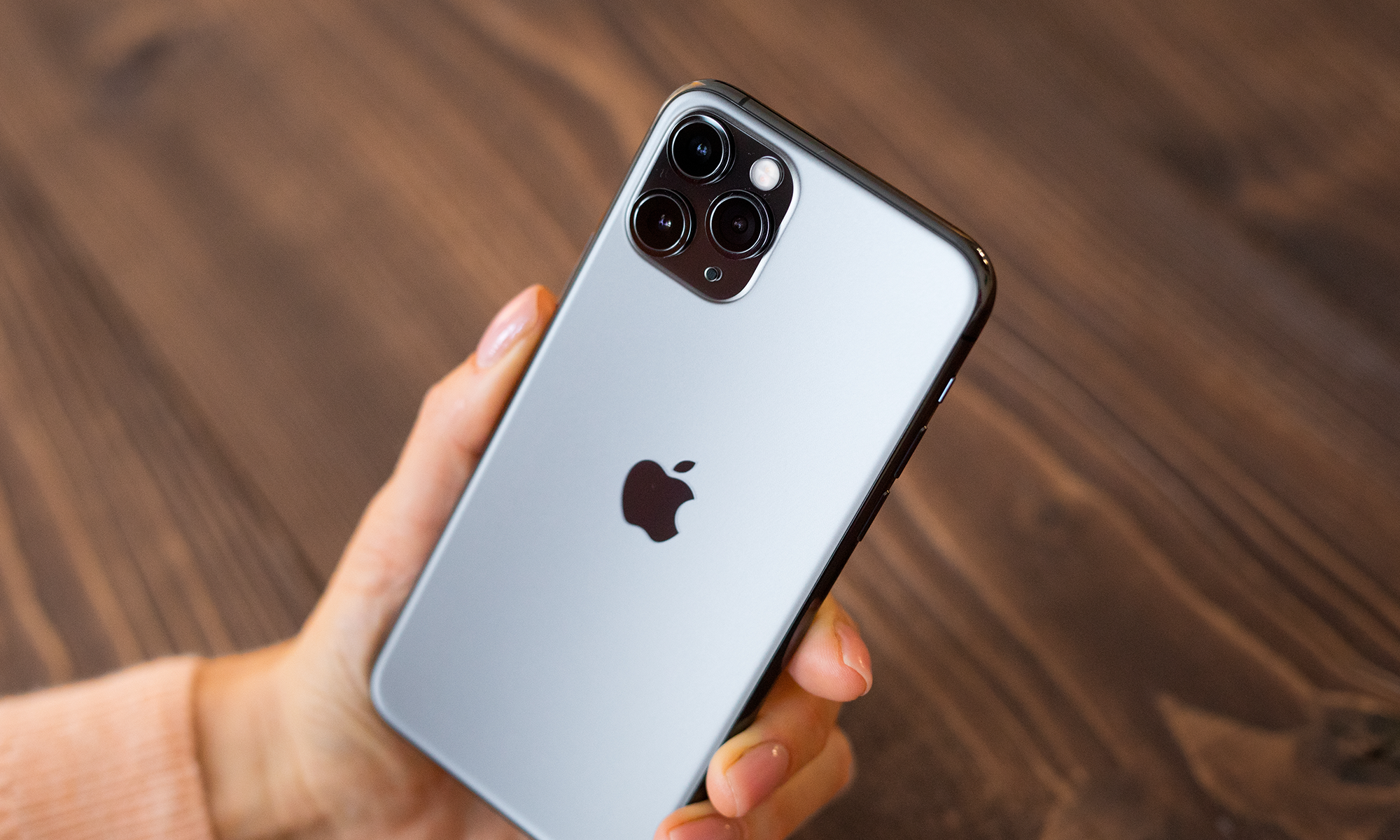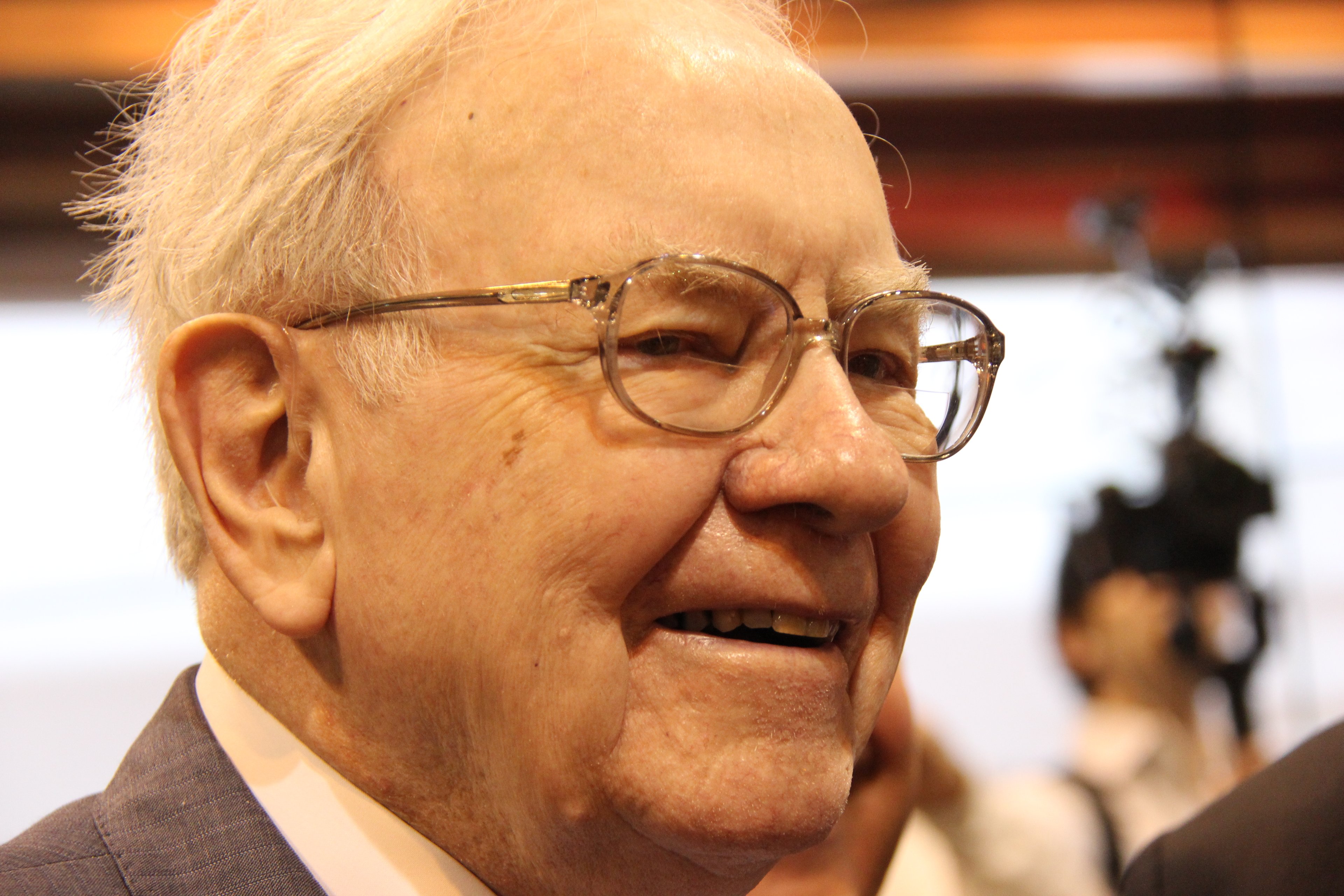Suddenly, the streaming video market is looking awfully crowded. Longtime top dog Netflix (NFLX +0.50%) is preparing to face tough competition from all sides, including a new service from Disney (DIS +1.42%) called Disney+, a new streaming service under the HBO brand from AT&T, and new streaming services from giants Apple (AAPL +0.04%) and Comcast. Lots of streaming options -- along with the diaspora of major licensed titles from Netflix (and, to a lesser extent, Hulu) made inevitable by the advent of content-producers-as-streaming-companies -- seem certain to lead to a more fractured market and a weakening of Netflix's stranglehold on streaming.
All companies involved should hope that subscription stacking, already somewhat common, becomes the norm. In a fractured market, subscription stacking would expand the pie everyone is fighting for pieces of. It would help every streaming company -- most of all those that make subscription stacking more convenient to consumers. Platforms like Roku (ROKU +3.60%) and Apple's TV app are already a big part of streaming for many consumers, and navigating multiple subscriptions makes these hubs even more vital. By acting as hubs, these platforms could win big in this ultra-competitive environment. But these sorts of hubs are only half the story: There are two streaming concepts tech investors should pay close attention to.

Image source: Getty
The first type of streaming hub
Things like Roku are called streaming platforms more often than they are called hubs. But I'm using "hub" here, because I want to connect two different concepts. The first is the traditional media center "platform": the smart TV operating system, the interface you get when you plug in a Roku Ultra or an Amazon (AMZN +3.10%) Fire TV Stick.
These sorts of streaming hubs are really just specialized operating systems. They make it easy to access different applications or channels, and they specialize in streaming content. Users fire up their Roku and can hop into apps for Netflix or Hulu, just as they could on their iPad or iPhone, only it's all on their TV screen and controlled by a remote that looks more or less like the sort of thing you already use to control a TV. In much the same way that Apple exacts a toll on subscriptions purchased on iPhones, these platforms can act as billing middlemen with an app "tax." They can also sell ads (a big deal for Roku) or promote other services owned by their parent companies (as is the case with Fire TV) in order to monetize their role as platforms and streaming hubs.
These sorts of hubs make tons of sense in an era of fractured streaming. They stand to benefit from the disruptive entry of Disney+ and other major newcomers -- as long as another type of hub doesn't become more important first.
Another take on the streaming hub
Hubs like what Roku offers put all of a user's apps in the same place and can streamline billing should the user desire. But they still put the content from each app within the respective app -- usually.
Fire TV is something of an exception. There is no Amazon "app" on Fire TV, because Amazon sticks its own content on main menus. And not every title you'll see on a Fire TV main menu is coming from Amazon alone: Amazon will also advertise HBO, Starz, and other premium subscriptions available through its "Amazon Channels" hub.
And Amazon Channels is a great example of the second model companies are employing to create streaming hubs. With Amazon Channels, customers subscribe to services through Amazon and pay through Amazon. And when they want to watch something, they can go to Amazon.com, turn on a Fire TV, or even open an Amazon Video app on another platform (like Roku), and they'll see all of their Amazon-backed titles in one space: HBO content sharing room with Amazon Prime, rented movies, movies for sale, and shows from Starz that can be watched with a free trial -- a free Amazon Channel trial, of course.
Amazon isn't the only company trying this angle. Apple has a typical streaming platform in tvOS (which runs on the Apple TV), but the company's recent streaming strategy has been focused on a hub-within-an-app. Apple's relatively new TV app already offers free content alongside premium subscription options. Soon, it will also include an Apple-owned subscription streaming service called Apple TV+. Like Amazon Channels, a customer's TV app subscriptions will aggregate to create a big menu of things to watch within a single view.
The future of hubs
This second hub concept has the potential to be very convenient and to undercut platform-hubs like Roku. A customer who subscribes to everything through Amazon Channels or the TV app doesn't really need a platform that can give them access to a bunch of different apps for their different subscriptions -- they just need that one app.
There's also a major obstacle to this model, however. The companies creating hubs like this are, in many cases, the same companies that are offering major subscription streaming services. It seems very unlikely that Apple TV+ will be available through Amazon Channels anytime soon and equally unlikely that Amazon Prime Video will ever be offered via Apple's TV app. HBO has worked with the hub system, but it's fair to wonder if HBO Max will follow suit. Plus, there are major streaming companies without hubs: Netflix is not keen to pay any platform taxes, and Disney (which owns Disney+, Hulu, and ESPN+) seems more comfortable with Roku than with Amazon.
In its own way, each company seems to be preparing for a fractured future -- and hedging its bets. Roku is a platform, but it has a service (the Roku Channel) that's starting to look a bit like the TV app or Amazon Channels (it recently added premium subscriptions). Amazon and Apple both, of course, have platforms as well as in-app hubs (Fire TV/Amazon Channels and tvOS/TV app, respectively). Disney has neither just yet, but its bundling of Disney+, Hulu, and ESPN+ should have competitors thinking about -- and fearing -- what those services might look like if accessible via a single user-friendly app.






